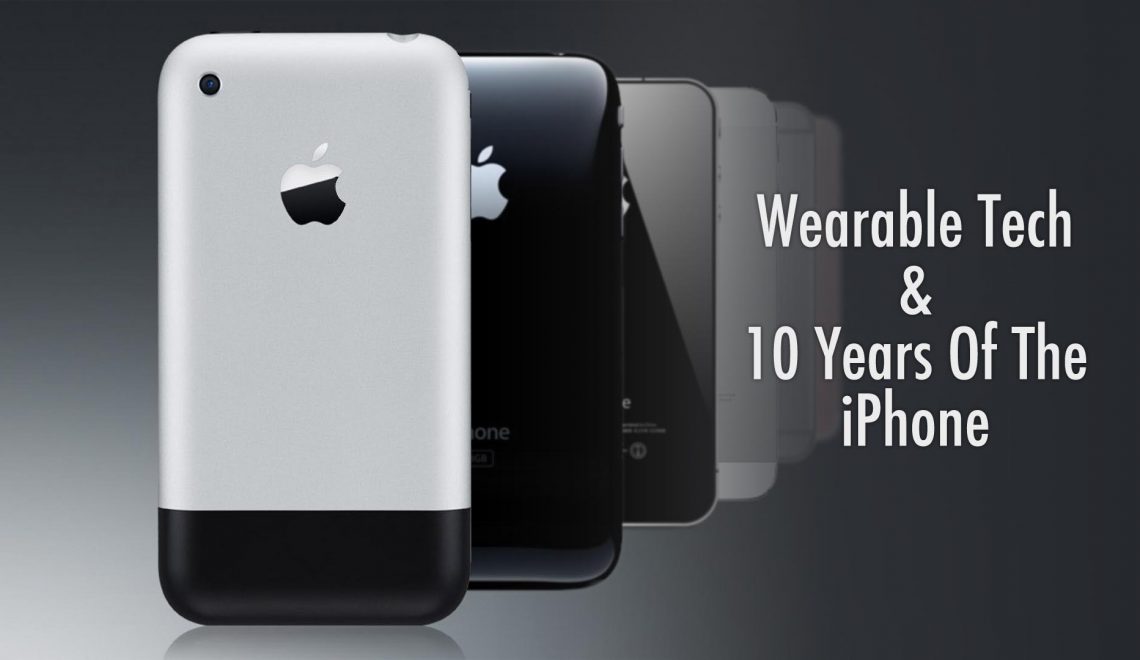While paying for things at retail is getting simpler and faster everyday thanks to mobile payment systems such as Apple Pay, the ATM experience has only gotten worse over the past 6 months. The introduction of the EMV chip on debit cards means we have returned to the olden days, where ATMs hold onto your card until the transaction is complete. Recently, while I was waiting the 30+ seconds it now takes for the cash machine to simply read my card, I pondered, “Wouldn’t it be amazing if I could just walk up to an ATM and use Apple Pay / Android Pay to get my cash out.”
Either the ATMs are mic’d or I am not the only one who has thought this because 3 out of the 4 largest US banks almost simultaneously announced that they plan to roll out contactless-payment ATMs. Chase, Bank of America, and Wells Fargo will all begin the process of upgrading their machines this year. BoA will be the first to market, intruding NFC equipped terminals by the end of February at selects retail banks in NYC, Charlotte, Boston, Silicon Valley, and San Francisco. Though the bank has told employees not to disclose which mobile payment services it will be compatible with, it is tough to imagine that the ATMs won’t at least support Apple Pay and Android Pay. If a bank’s debit card is already compatible with a mobile payment service, integration should be trivial. (Perhaps Apple is asking banks not to announce Apple Pay integration so the company can make a big announcement at their rumored upcoming March press event.)
Unlike Bank of America, Chase is taking a 2 stage approach to rolling out their card-less ATM service. Beginning later this month at select locations, the bank’s ATMs can be used without a debit card via Chase’s mobile app. Simply log into the app (or use Touch ID on an iOS device) and you will be presented with a code. By typing this 7 digit code into the ATM you have the ability to utilize any service on the machine as if you had inserted your card and entered a PIN. This type of integration isn’t likely to win many fans; while it is more secure than using a debit card, it is far more inconvenient and clunky. The real change will happen during stage 2 of Chase’s launch plan. Later in 2016 the bank will launch new hardware called eATMs that will have NFC functionality. These eATMs will behave similarly to those that BoA is launching and should be compatible with the major mobile payment services from Apple, Google, and Samsung.
Wells Fargo’s timeline for implementing mobile payment services into their ATMs is less clear, but it is happening this year. While they aren’t talking much about timelines, the bank has been very forthcoming about which services it will support. According to their Head of ATMs, Jonathan Vellinge, “Right now the initial launch is with Android Pay, but that doesn’t limit us from considering other mobile wallets.” But Vellinge did say that Wells Fargo was continuing to look at which card-less services and OSs their customers were using and would “continue to find the right balance of which wallets we’re going to support.” When pushed by TechCrunch if that meant Apple Pay would be supported, Vellinge admitted, “I think that’s a good assessment.”
It should be noted that Bank of America, Wells Fargo, and Chase are not the first banks in the US to utilize a card-less ATM. Last year Canadian bank BMO Harris (the 23rd largest bank in the US) launched QR based service for their ATMs. Using the bank’s app, you use your phone’s camera to scan a QR code on the ATM’s screen. Next, you select in the app how much money you wish to withdraw and then the cash is dispensed from the automatic teller. The system is clever allowing the bank to simply update the software on their existing 900 ATMs to enable the “Mobile Cash” service. But it isn’t much more convenient than using your card and there is no possibility of inter-bank compatibility. With the larger banks piggy-backing onto existing contactless-payment services, it is very likely you will be able to use your Chase debit card via Apple Pay at a Wells Fargo machine similar to how you can withdraw cash with from their machines with a Chase debit card. This is important for local markets, but imperative for international.
Being able to use a service such as Apple Pay, Android Pay, or Samsung Pay to withdraw cash from an ATM is a game changer with very profound long term implications –this is essentially the first big step in eliminating physical debit cards. Three of the largest banks deploying NFC ATMs is a rare win-win scenario – for the end user, the process becomes as seamless and quick as using Apple Pay at Walgreens; for the banks, the transaction is as secure as possible. You are basically eliminating any risk from card skimmers. Thieves have gotten to the point that they can replicate the card reader and keypad of bank ATMs so well that the average user would never notice that secondary devices had been installed. By not needing to insert your card or type in a PIN, their is no point where any of your card data could be lifted. The encryption on mobile payment wallets is extremely secure, using tokenized card numbers to protect your debit card information. But even if thieves eventually are able to wirelessly obtain and decrypt your card information, since mobile wallets are software based instead of physical, a simple software update could add additional layers of encryption. Additionally, mobile wallet services will receive a huge boost from the banks utilizing the tech for ATMs. Banks making the investment to integrate NFC based payment services into their machines should signal to retailers that a) the technology is safe and b) it is worth investing the resources to enable the technology. As retailers have switched to EMV compatible payment terminals, most of these also have contactless-payment capabilities. Based on retailers I have visited, most of these businesses have decided not to turn on the mobile payment ability. With banks making a show of faith, I believe more people will be looking to use mobile payment services and retailers will be more willing to enable the tech.





